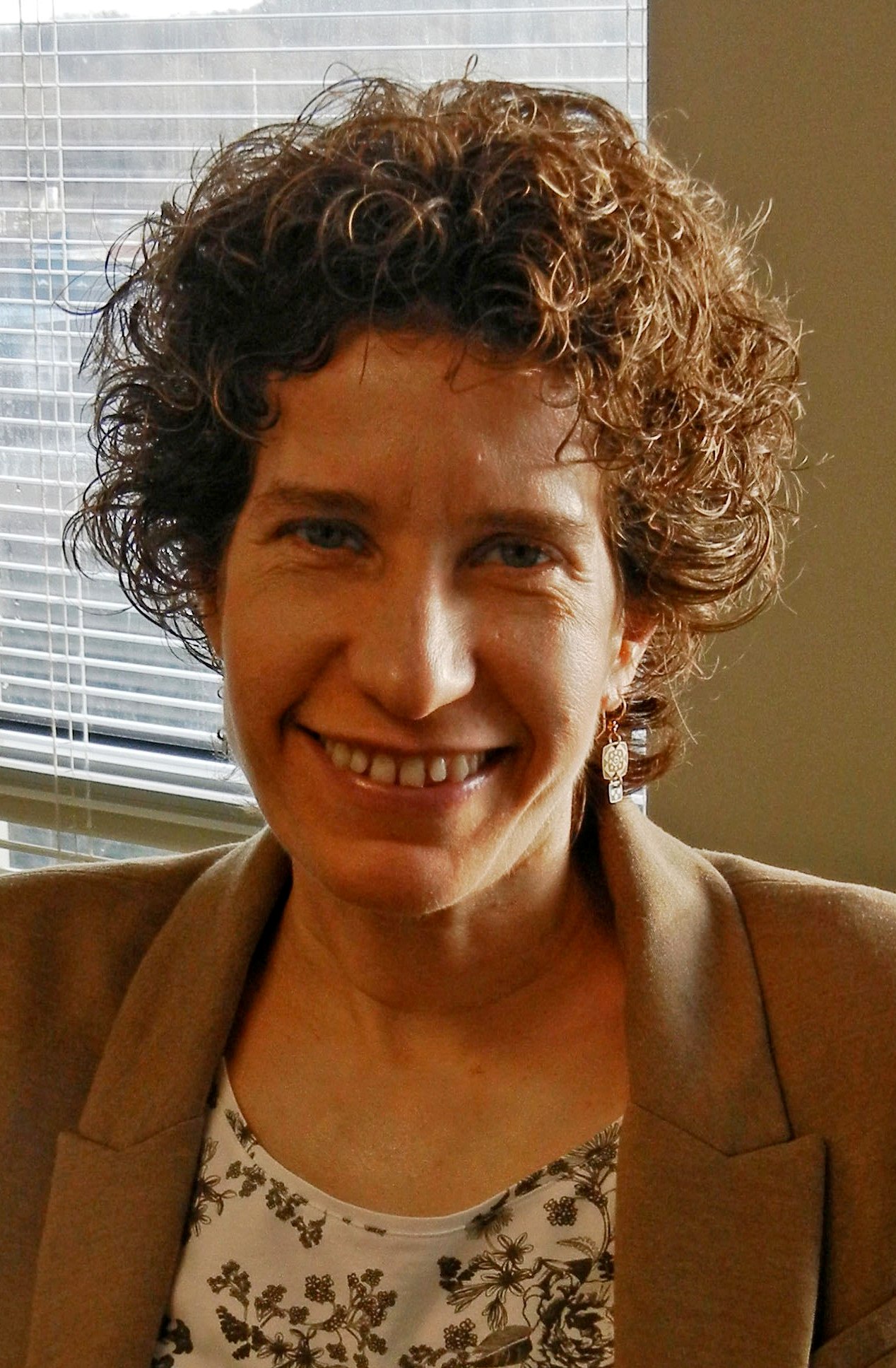Janet Abbate explores history of female computer programmers; offers perspective on gender imbalances and future strategies

The prevalent stereotype of the male “computer geek” virtually ignores the fact that women were a significant presence in the early decades of computing, both in the United States and in Great Britain.
For a period of time after World War II programming was actually considered “women’s work.” Yet women today earn a relatively low percentage of computer science degrees and hold proportionately few technical computing jobs -- percentages that have actually declined since the 1980s.
So how and when was computer programming redefined as the more masculine “software engineering” and women moved into obscurity?
In her book, "Recoding Gender," recently published by MIT Press, Janet Abbate, an associate professor in the Department of Science and Technology in Society in the College of Liberal Arts and Human Sciences, looks for answers by demonstrating how gender has shaped the culture of computing. And she offers a valuable historical perspective on today’s concerns about women’s underrepresentation in the field.
“My point in 'Recoding Gender' is not that there should be a ‘girl version’ of computer science, but that we recognize that computer science currently privileges a narrow spectrum of talents and values and that both men and women in computer science would benefit if they were encouraged to exercise the full range of human interests and abilities,” said Abbate.
Opportunities for women have shifted dramatically over the years. During World War II, women with mathematical ability were recruited to program and operate the first digital computers for ballistics and code-breaking tasks and in the postwar period the rapid growth of the computer industry led employers such as IBM to actively recruit women. Yet major obstacles remained.
Gender discrimination -- which was legal until the Civil Rights laws of the 1960s and 1970s -- meant women could be paid less than men and they might lose their jobs upon getting pregnant. With accommodations such as day care, flextime, or working from home mostly unheard-of, women had to be creative or lucky to balance work and family. Women were also less likely than men to be encouraged to acquire technical skills or higher education.
“Women, who were expected to eventually become homemakers, were less likely to receive either social or financial support to go to college,” said Abbate. “And women’s experiences also varied by social class given that college was the domain of a privileged few.”
Still, computing could offer upward mobility; some self-made working-class women recalled how they were able to work themselves up from clerical jobs to computer programming.
“Recoding Gender” is a culmination of 10 years of work by Abbate -- a myriad of archival research and oral histories of 52 women she describes as “remarkable.” She delves into the experiences of these women, including those who worked with the earliest electronic digital computers: Colossus, the wartime code breaking computer at Bletchley Park outside of London; and the American ENIAC, developed to calculate ballistics.
Abbate also describes the social and business innovations of two early software entrepreneurs, Elsie Shutt and Stephanie Shirley. She examines the corporate career paths of women in academic computer science. She also examines the career paths of women like Fran Allen, who was hired by IBM in 1957, and Paula Hawthorn, who was hired by Texaco in 1966.
These accounts reveal a variety of strategies for increasing women’s participation in computing. The stories of female entrepreneurs show how “family friendly” can be a successful business model.
Events like the Grace Hopper Celebration, an annual conference that brings women (and a few men) together to present technical work and provide role models and mentoring, create a network of support that encourages young women to complete their computer science degrees and helps mid-career women break through glass ceilings, said Abbate.
Other initiatives, such as AdvanceVT at Virginia Tech, restructure the academic workplace to make it easier for both women and men to balance academic excellence with parenting (for example, by automatically extending the tenure clock when a child is born or adopted), she said.
Abbate, herself a programmer before beginning her career in academia, joined Virginia Tech in the National Capital Region in 2004. She has been researching and writing on the history of the Internet since 1988. Her first book, “Inventing the Internet,” about the development of computer networks from 1960 to the early 1990s, was also published by MIT Press in 1999.
Abbate’s research for "Recording Gender" was supported in part by a grant from the National Science Foundation and assisted by a Senior Fellowship at the Smithsonian Institution and a Eugene Garfield Fellowship at the Chemical Heritage Foundation.
In conjunction with book's publication, Abbate has initiated a blog to highlight the oral histories she conducted. She was recently invited to make a presentation at a meeting of the IEEE Atlanta Women in Engineering, which includes members of the Society of Women Engineers and Women in Technology, and will present her research at Rutgers University this spring.




